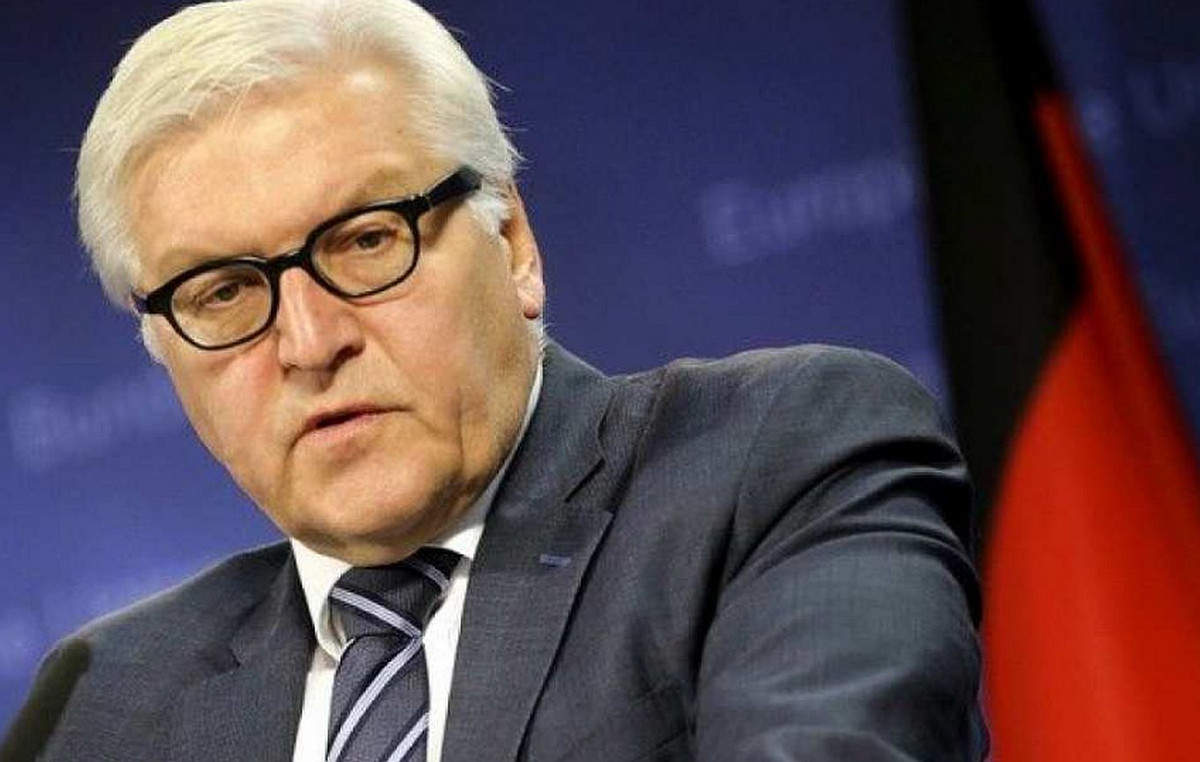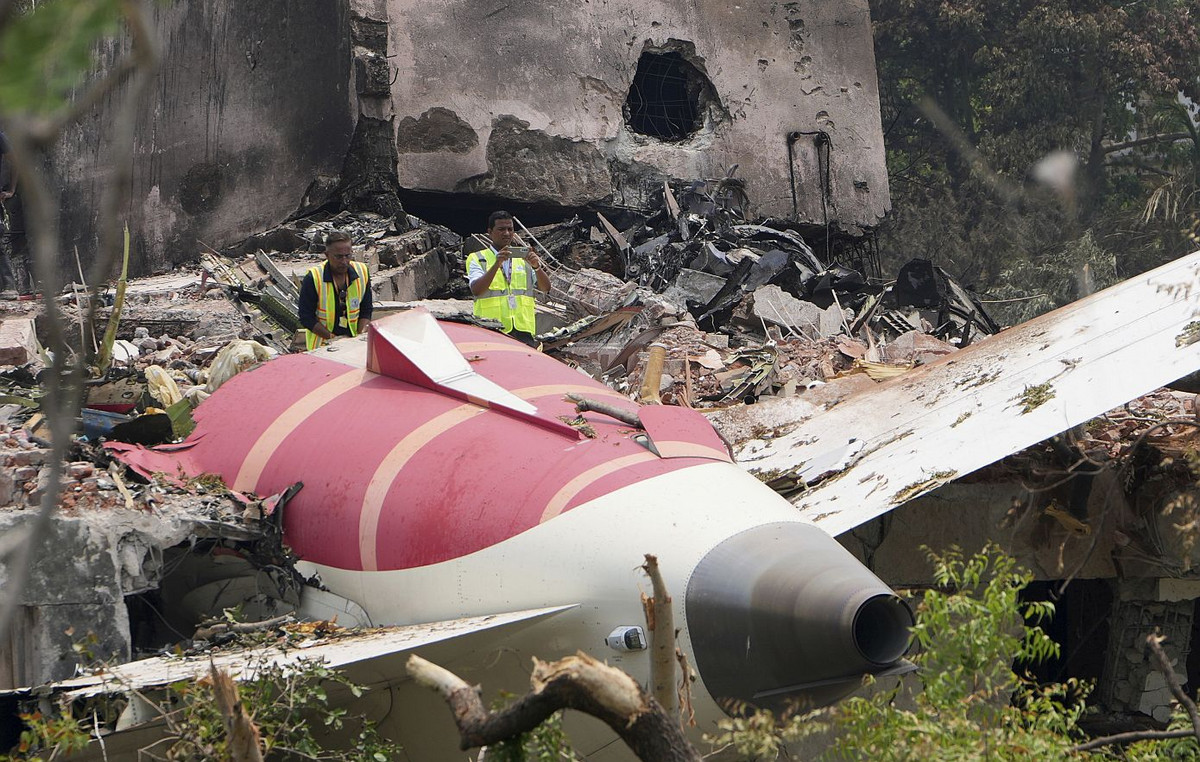Billionaire Elon Musk, the richest person in the world, recently took the spotlight as the new owner of Twitter, after announcing a deal to buy the platform for US$ 44 billion – a deal that is currently mired in its completion.
But Musk first rose to fame as the owner of Tesla, the electric car maker. In September 2021, his other company, SpaceX, made history by carrying out the first suborbital flight with civilian passengers. In addition to promoting space travel, SpaceX is also responsible for the Starlink project, a constellation of satellites that aims to provide internet connection mainly to remote areas.
There are more than 4,000 company satellites circulating in low orbit, approximately 483 kilometers above Earth.
Starlink promises lower latency, which means lower response time for sending and receiving data, and download speeds between 100 Mb/s and 200 Mb/s.
According to the company, “Starlink is ideally suited for areas where connectivity is unreliable or completely unavailable,” such as rural areas.
SpaceX plans to launch 40,000 more satellites. The company calculates that getting them all up and running and into orbit should have an average cost of approximately $35 billion. The mega-constellation aims to offer services to 11 countries, said SpaceX president Gwynne Shotwel.
Elon Musk’s space company is responsible for about a third of all active satellites in orbit, more than any other company or country, including the US government.
Starlink’s internet, according to company information, works by sending information through the vacuum of space, where it travels faster than fiber optic cables, making it more accessible to more people and places.
In addition to the current plan available, Starlink also recently launched a “premium” plan, which features a larger, higher-throughput antenna with twice the capacity, according to the company.
In the United States, the monthly price is US$500 (about R$2,400 at current rates), with download speeds between 150 and 500 Mbps (megabits per second) and latency of 20 to 40 ms.
Musk had hoped to be able to provide continuous global coverage around September, but had to seek regulatory approvals, SpaceX president Gwynne Shotwel said in June 2021.
Starlink is part of a growing number of small satellite manufacturers that also include Kuiper of Amazon.com, OneWeb of Great Britain, Planet and Blue Canyon Technologies of Raytheon Technologies Corp.
In Brazil
In January of this year, the National Telecommunications Agency (Anatel) gave approval for Starlink to operate in the country
Two months later, SpaceX reported that Brazilians interested in the company’s service will need to pay R$530 monthly, in addition to the initial cost of transport and payment for the equipment. The “Starlink Kit” costs BRL 2,670, plus BRL 365 for shipping and installation costs. Taxes are not included in the values.
For now, it is already possible to reserve the equipment for delivery. Order fulfillment is on a first-come, first-served basis – and can take about six months. Starlink says it expects to start services by mid-2022.
Below is a map of how Starlink’s connection availability is today:

The businessman said on Twitter this Friday (20) that he intends to provide internet connection to 19,000 Brazilian rural schools and environmental monitoring of the Amazon through his company.
Super excited to be in Brazil for launch of Starlink for 19,000 unconnected schools in rural areas & environmental monitoring of Amazon! 🇺🇸 🌳 🛰 ♥️
— Elon Musk (@elonmusk) May 20, 2022
NASA fears
NASA looks at the Starlink project with concern. According to the US space agency, the number of satellites in Earth orbit threatens to alter our view of the night sky and harm the company’s asteroid monitoring.
NASA uses ground-based telescopes to hunt for potentially dangerous asteroids. In a letter to the FCC (Federal Communications Commission of the United States) in February, NASA stated that it “estimates that there would be a Starlink in every asteroid survey image”, which could have “a detrimental effect on our planet’s ability to detect and possibly redirect a potentially catastrophic impact”.
“Finding these asteroids well in advance of when they might hit Earth is vitally important for the survival of our species,” said Samantha Lawler, an assistant professor of astronomy at the University of Regina in Canada.
SpaceX claims it has made changes to its satellites “by adding a viewfinder to prevent sunlight from reaching the brightest parts of the spacecraft. Minimizing Starlink’s impact on astronomy by dimming the satellites so they don’t saturate the observatories’ detectors.
For the pollution issue, the company says it intends to design and build satellites that have demonstrated greater than 99% reliability and place them at an especially low altitude to verify integrity before ascending into their operational orbit, in order to reduce the space junk.
The company also informs that it plans to develop a collision avoidance system to take effective measures when collision risks exceed safety limits.
But astronomers like Lawler say these changes are not enough.
*With information from João Malar of CNN Brasil Business and Kristin Fisher of CNN and Reuters
Source: CNN Brasil
I am Sophia william, author of World Stock Market. I have a degree in journalism from the University of Missouri and I have worked as a reporter for several news websites. I have a passion for writing and informing people about the latest news and events happening in the world. I strive to be accurate and unbiased in my reporting, and I hope to provide readers with valuable information that they can use to make informed decisions.







